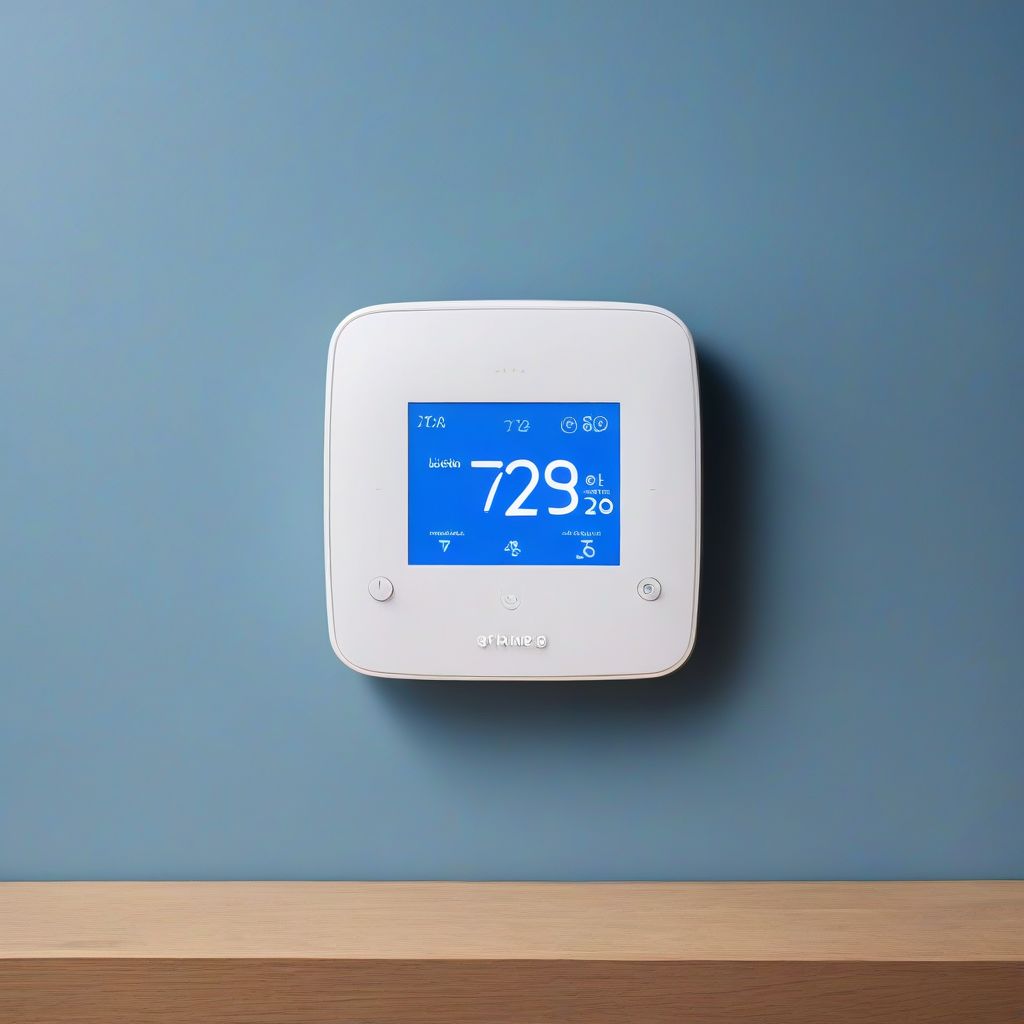Imagine stepping into your home after a long day, greeted by the perfect temperature, no matter the season. No more fiddling with thermostats or enduring uncomfortable swings in climate. This dream can become a reality with automated heating and cooling systems. This smart technology not only provides unmatched comfort but also helps you save money and reduce your environmental footprint. Let’s dive into how you can achieve maximum efficiency by automating your home’s climate control.
Understanding the Power of Smart Thermostats
The heart of any automated heating and cooling system is a smart thermostat. Unlike traditional thermostats, which require manual adjustments, smart thermostats learn your preferences and automatically adjust the temperature throughout the day. They can connect to your Wi-Fi, allowing you to control your home’s climate from anywhere using your smartphone or tablet.
Key Features of Smart Thermostats:
- Learning Capabilities: They track your heating and cooling habits, learning your preferred temperatures at different times of day and automatically creating a personalized schedule.
- Remote Access: Control your thermostat from anywhere through a user-friendly app, ensuring your home is always at the ideal temperature when you arrive.
- Geofencing: This feature uses your smartphone’s location to determine when you’re home or away, automatically adjusting the temperature to save energy while you’re out.
- Energy Usage Reports: Gain valuable insights into your energy consumption patterns, helping you identify areas for improvement and maximize savings.
 Smart Thermostat Control
Smart Thermostat Control
Beyond Smart Thermostats: Integrating with a Smart Home Ecosystem
While smart thermostats offer significant advantages on their own, integrating them into a broader smart home ecosystem unlocks even greater efficiency and comfort.
Enhancing Automation with Other Smart Devices
- Smart Blinds and Shades: By connecting your smart thermostat to automated blinds or shades, you can optimize natural light and solar heat gain. In the summer, the blinds can automatically close during peak sunlight hours to reduce heat gain, while in the winter, they can open to take advantage of passive solar heating.
- Smart Vents: These innovative devices allow you to control airflow to different rooms individually. For instance, you can direct more cool air to bedrooms at night for comfortable sleep while reducing airflow to unoccupied rooms during the day, optimizing energy usage.
- Motion Sensors: By integrating motion sensors, your smart heating and cooling system can automatically adjust the temperature based on occupancy. If a room is empty, the system can scale back heating or cooling, conserving energy without compromising comfort.
Voice Control for Ultimate Convenience
Most smart thermostats are compatible with popular voice assistants like Amazon Alexa and Google Assistant. This integration allows you to control your home’s temperature with simple voice commands, adding a new level of convenience to your daily routine.
Maximizing Efficiency and Savings
Automating your heating and cooling system isn’t just about convenience; it can significantly impact your energy bills and contribute to a greener environment.
Tips for Optimal Performance:
- Regular Maintenance: Ensure your HVAC system receives regular professional maintenance, including filter changes and system checks, for optimal efficiency.
- Temperature Setback: Utilize the scheduling features of your smart thermostat to automatically lower the temperature at night or when you’re away, resulting in substantial energy savings.
- Zone Heating and Cooling: If your home’s layout allows, consider implementing zone heating and cooling. This approach allows you to heat or cool specific areas independently, preventing energy waste on unoccupied rooms.
- Leverage Natural Ventilation: On milder days, open windows and doors to take advantage of natural ventilation, reducing reliance on your HVAC system.
[amazon bestseller=”Smart Thermostat”]
Conclusion
Automating your heating and cooling system offers a powerful way to enhance comfort, save money, and reduce your environmental impact. From smart thermostats with their learning capabilities and remote access to the seamless integration with other smart home devices, the possibilities for efficiency and personalization are endless. By embracing this technology and following these tips, you can transform your house into a comfortable, energy-efficient, and environmentally-friendly haven.
What steps are you taking to improve your home’s energy efficiency? Share your thoughts and experiences in the comments below!
